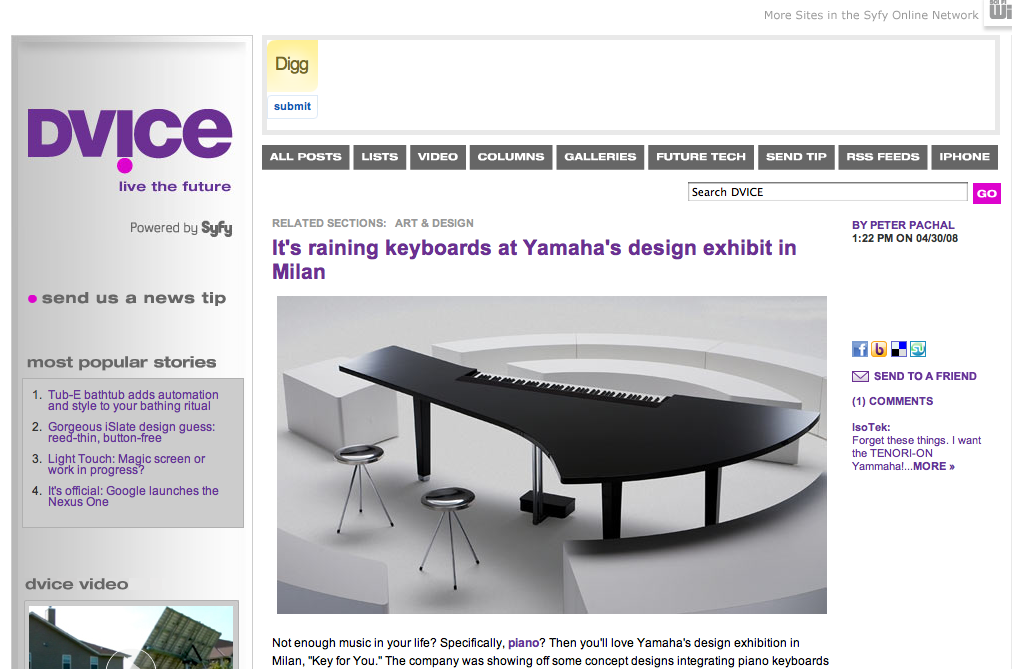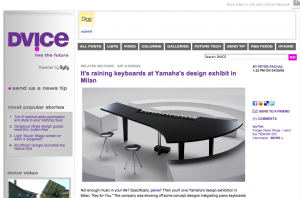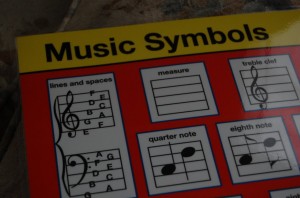
I am excited to announce the first ever free giveaway on the Color In My Piano blog! *drumroll…*
THREE lucky winners will each be mailed a pair of laminated boards for learning and drawing music symbols. (You may recall when I blogged about these boards here. I am keeping my set, of course, but I went back to buy more to share with you!) These boards have a lot of potential for team games at group lessons or summer piano camps, or can simply be used during the private lesson. They are two-sided — one side shows the symbols and their names, and the other side lists the names but leaves a blank staff for the student to draw the symbol. Both sides are laminated to allow use with a dry-erase marker.
Unfortunately, because the prize is such a odd-shaped object and is expensive to ship, this giveaway is limited to readers from the continental U.S. only.
To enter: Continue reading “May 2010 Free Giveaway: Drawing Music Symbols Boards”


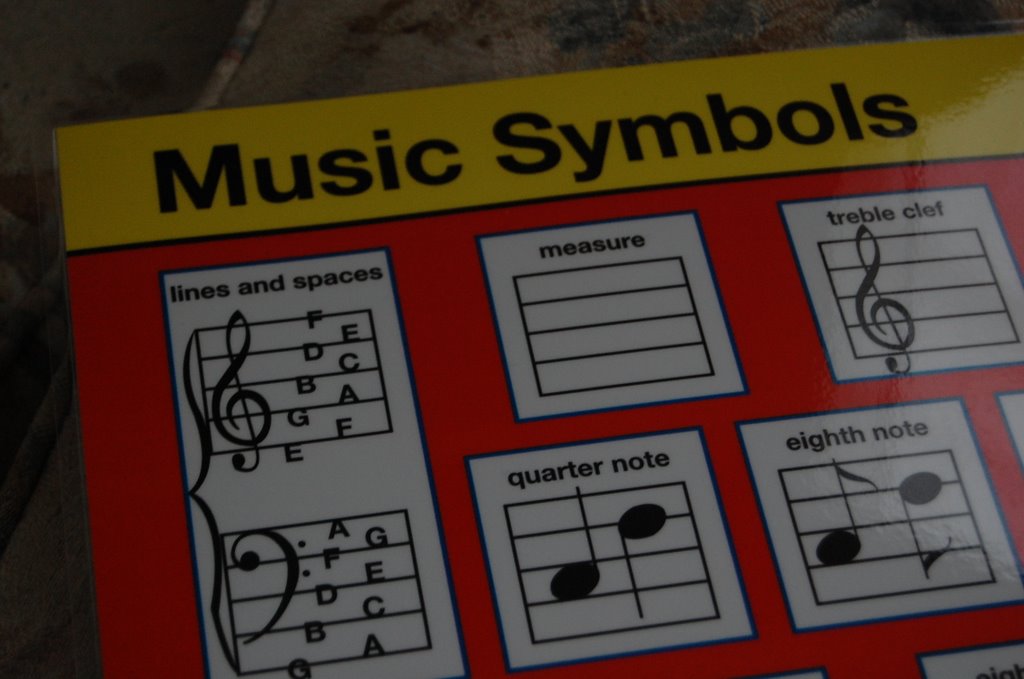
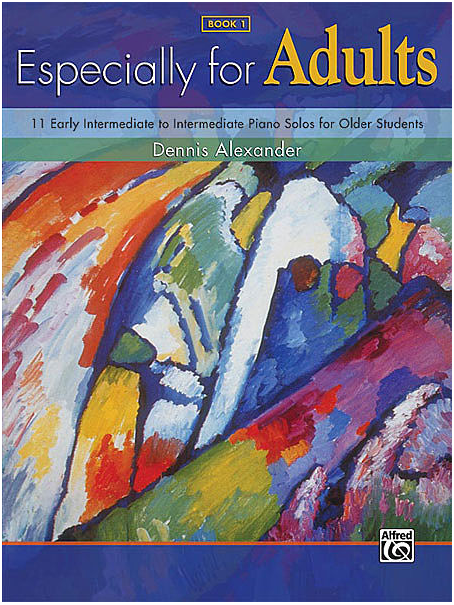
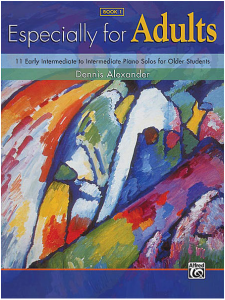
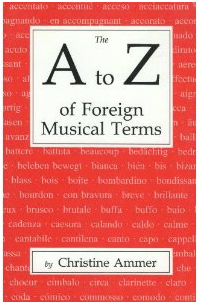
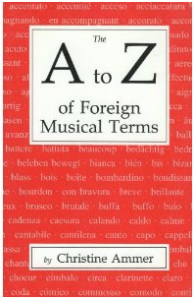 Book Review:
Book Review:
 After browsing through the colorinmypiano.com archives and — alas! — it seems that we’ve missed our own anniversary!
After browsing through the colorinmypiano.com archives and — alas! — it seems that we’ve missed our own anniversary!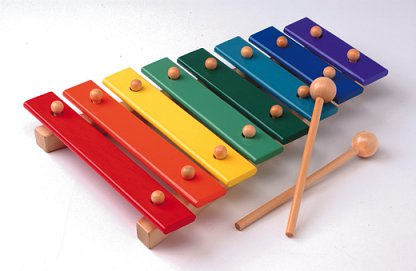
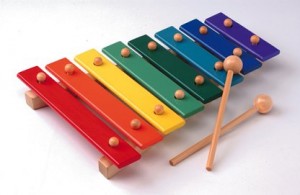 Lately, I’ve been considering offering pre-piano music classes for children and their parents — someday, when I have a private studio in my home again (Right now, I teach piano privately through my university’s community music school.). My goal in providing these classes someday is to better prepare young children (think ages 0-5, especially) for private piano lessons. So, this semester, I enrolled in an Early Childhood Music class to learn about the various methodologies (such as Orff, Kodaly, Gordon, Feierabend, etc.) for teaching music to young children.
Lately, I’ve been considering offering pre-piano music classes for children and their parents — someday, when I have a private studio in my home again (Right now, I teach piano privately through my university’s community music school.). My goal in providing these classes someday is to better prepare young children (think ages 0-5, especially) for private piano lessons. So, this semester, I enrolled in an Early Childhood Music class to learn about the various methodologies (such as Orff, Kodaly, Gordon, Feierabend, etc.) for teaching music to young children.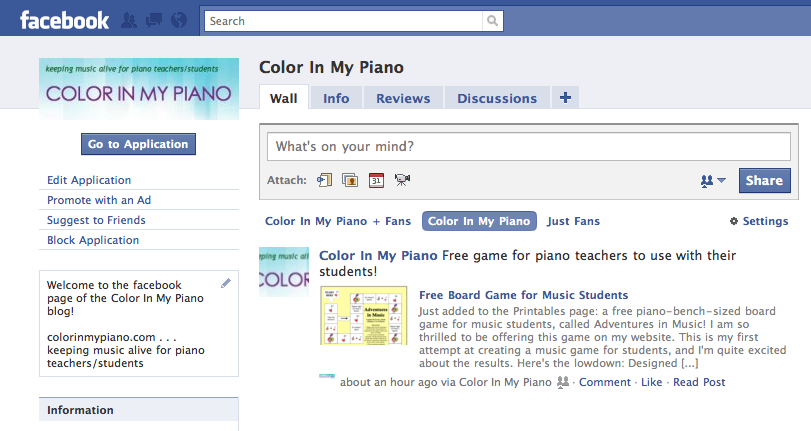
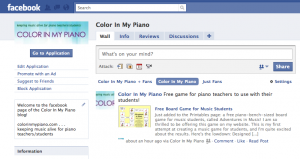
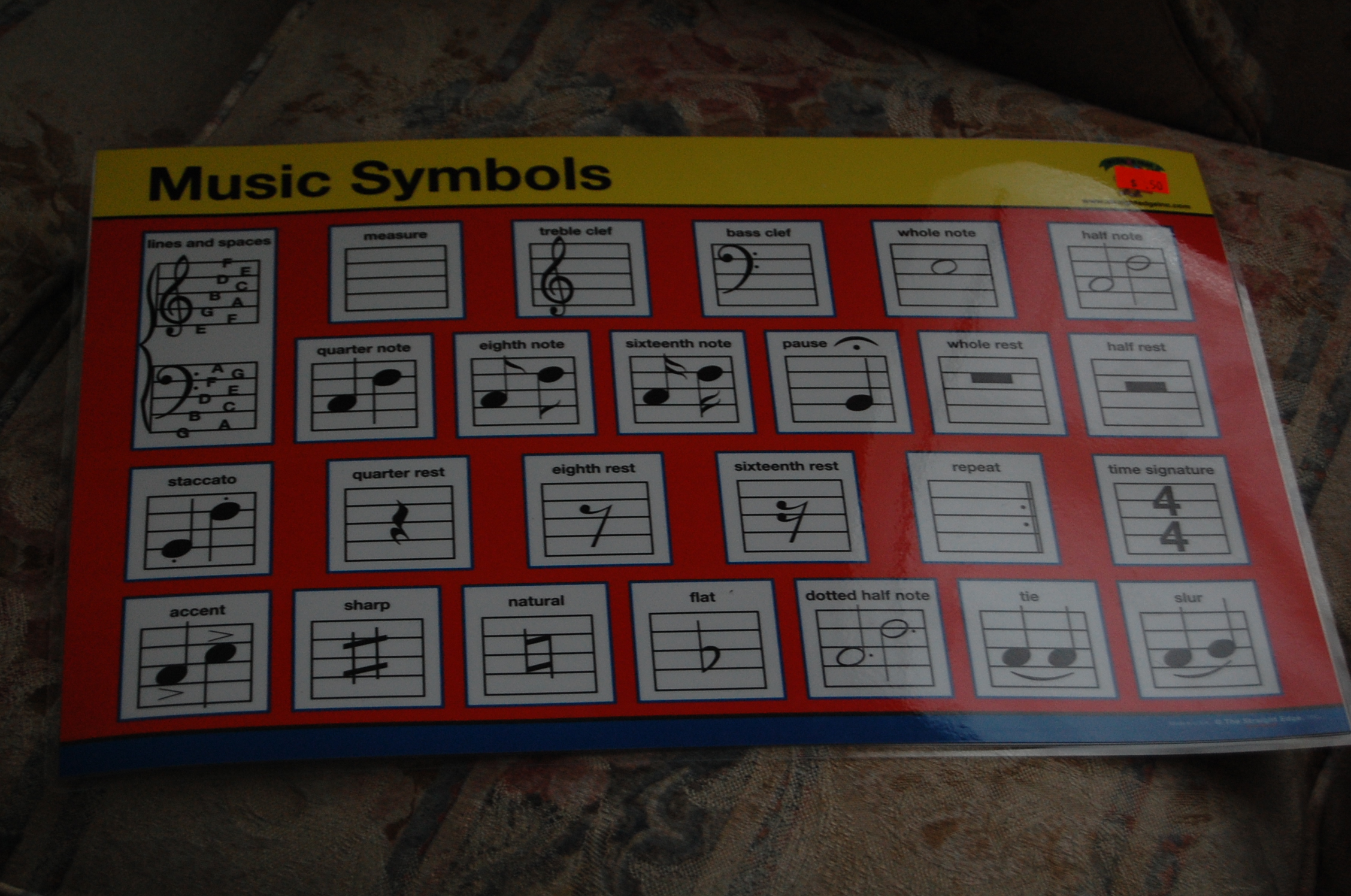
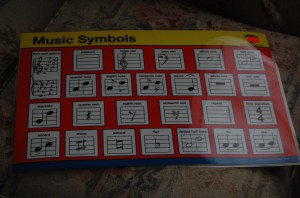 Just thought I’d show off my recent find – I was at a outlet store a couple of weeks ago, and I found these laminated boards for students to draw music symbols using a dry erase marker. One side has the symbols pictured….
Just thought I’d show off my recent find – I was at a outlet store a couple of weeks ago, and I found these laminated boards for students to draw music symbols using a dry erase marker. One side has the symbols pictured…. 